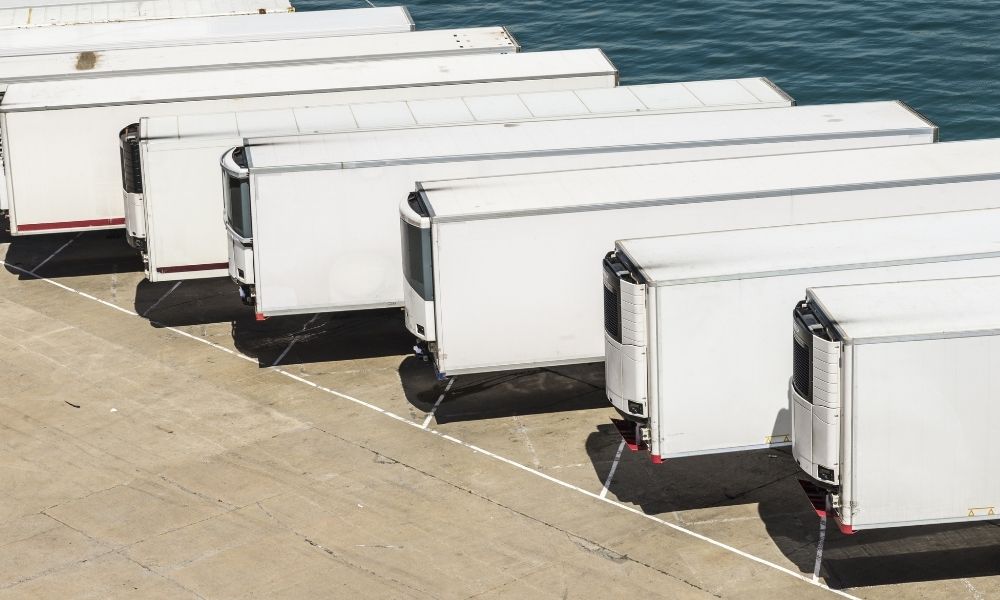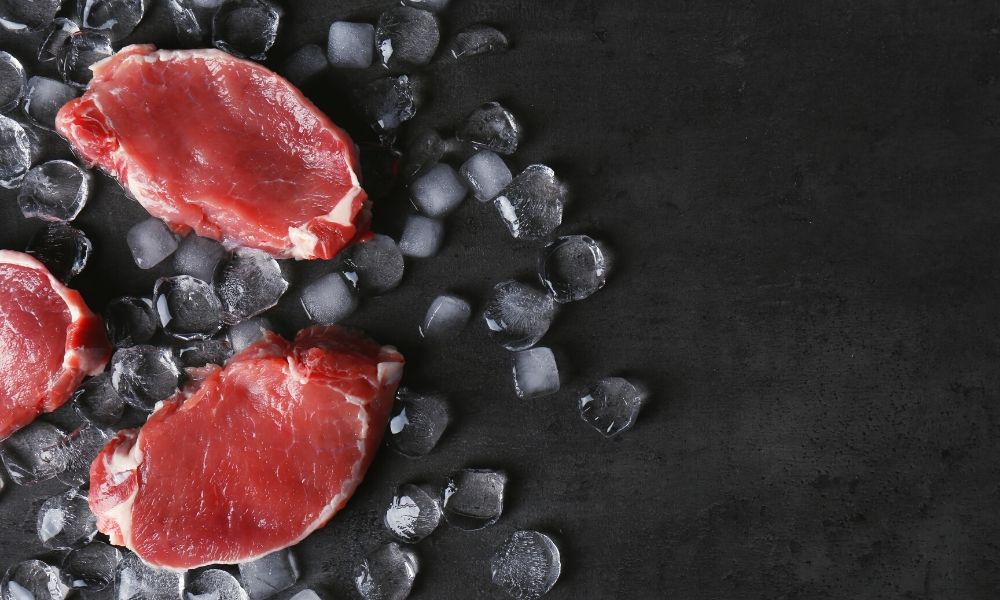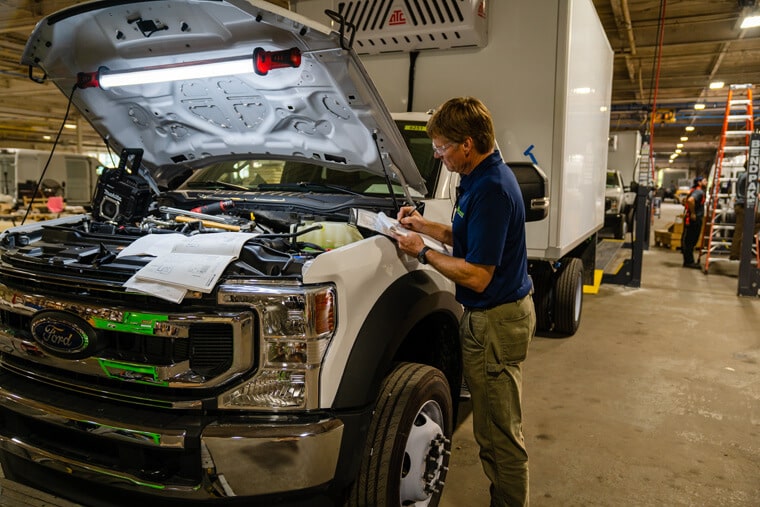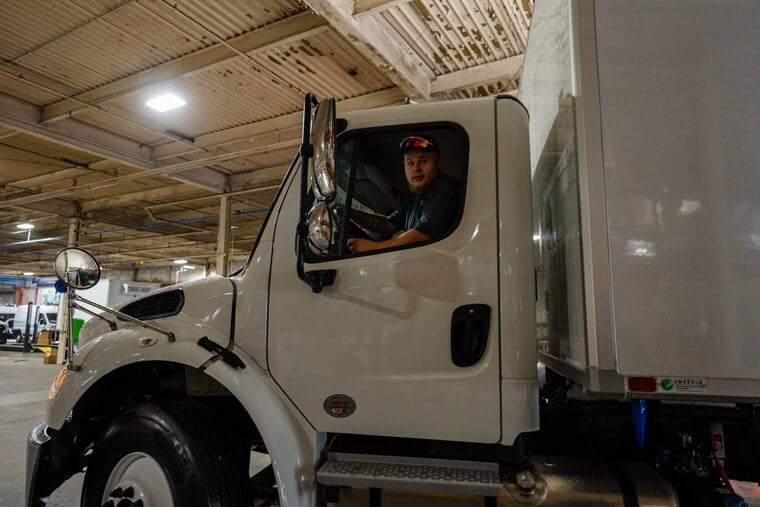
The Correct Temperature for Safe Commercial Refrigeration
Joe Dickman | April 22nd, 2022
You need to ensure that you’re maintaining the proper temperatures for perishable products during transportation. Failure to do so can lead to spoilage and rejected loads, costing you valuable time, money, and resources. Therefore, one of the most crucial skills any owner of a refrigerated vehicle should have is identifying the ideal conditions for your products. Look below to discover the correct temperature for safe commercial refrigeration.
Know the Danger Zone
Dangerous bacteria such as E. coli and Salmonella reproduce aggressively at temperatures between 40- and 140-degrees Fahrenheit. Inside this temperature zone, their numbers can double in only 20 minutes.
One of the most common causes of foodborne contamination is allowing food to remain in this unsafe temperature range. Therefore, you should never leave perishable products outside refrigerated storage or sitting on loading docks for too long.
Keep Food Cold
Keeping temperatures consistently cold helps to keep bacteria from growing to the point that food spoils. Food chilled at a steady, acceptable temperature (40 °F or below) can even help prevent potentially fatal foodborne diseases.
However, certain foods are more susceptible to extreme cold than others. Therefore, the temperature you need to set can depend on the food you’re keeping and your refrigeration unit. For example, you may need a forced defrost cycle for foods you need to keep below 35°F.
Shipping Pharmaceuticals
Your reefer trailer temperatures for pharmaceuticals can vary depending on the exact chemical compound you’re transporting. Therefore, before shipping, you’ll need to confirm the proper stabilized temperature with the pharmaceutical manufacturer and regulatory guidelines.
Common temperature categories for pharmaceuticals include room temperature (68 -78°F), refrigerated (36-46°F), and cryogenic (below 32°F and as low as –302°F). Knowing which temperature category your cargo belongs in will help you select the best reefer settings for the job, reducing the danger of wasted shipments.
Plants and Floral Arrangements
Like produce, plants and flowers sustain their freshness and attractiveness when stored in cool, stable conditions. Heat stress can wilt leaves, petals, and flowers, rendering them unfit for sale. The ideal temperature for plants is around 33°F. Raising the temperature even a few degrees can quickly accelerate their decay rate.
Knowing the correct temperature for safe commercial refrigeration ensures that you’re not experiencing rejected loads, spoiled products, and contamination. Emerald Transportation Solutions’ refrigerated delivery trucks provide you with peace of mind by ensuring that the proper temperatures remain consistent during delivery. Feel free to contact us with any questions about our selection of vehicles.
Related Articles
Contact Us
Feel Free To Contact Us If You Have Any Questions
What does under DOT mean?
Questions regarding DOT requirements come up often. 10,000 lbs GVW (gross vehicle weight) and over are commercial vehicles that fall under the Department of Transportation regulatory requirements.
What is the difference between GVW and payload?
GVW or Gross Vehicle Weight is the entire weight of the vehicle including the payload. The payload weight represents the amount of cargo you are hauling.
What is a self-powered unit and a vehicle-powered unit?
A self-powered unit has its own fuel source and will run independent of the truck. This is the heaviest and most expensive option. While vehicle-powered units run off the engine via a compressor mounted on the engine. These are less expensive and lighter in weight but you must run the truck or plug the electric standby into shore power.
What does K-factor mean and why is that important?
K-factor is a term that stands for the overall insulating value of the container (truck body). Quite simply the lower the K-factor the better the truck body will be able to maintain a given temperature and require less energy to do so.
How much lighter is a Poly Van vs a US spec body?
Poly Van bodies are very light. On average we estimate we are 75-150 lbs per foot lighter than a traditional sheet and post foamed in place body. These weight savings translates to less fuel burn and less CO2 emissions, along with added payload, the most important benefit.






